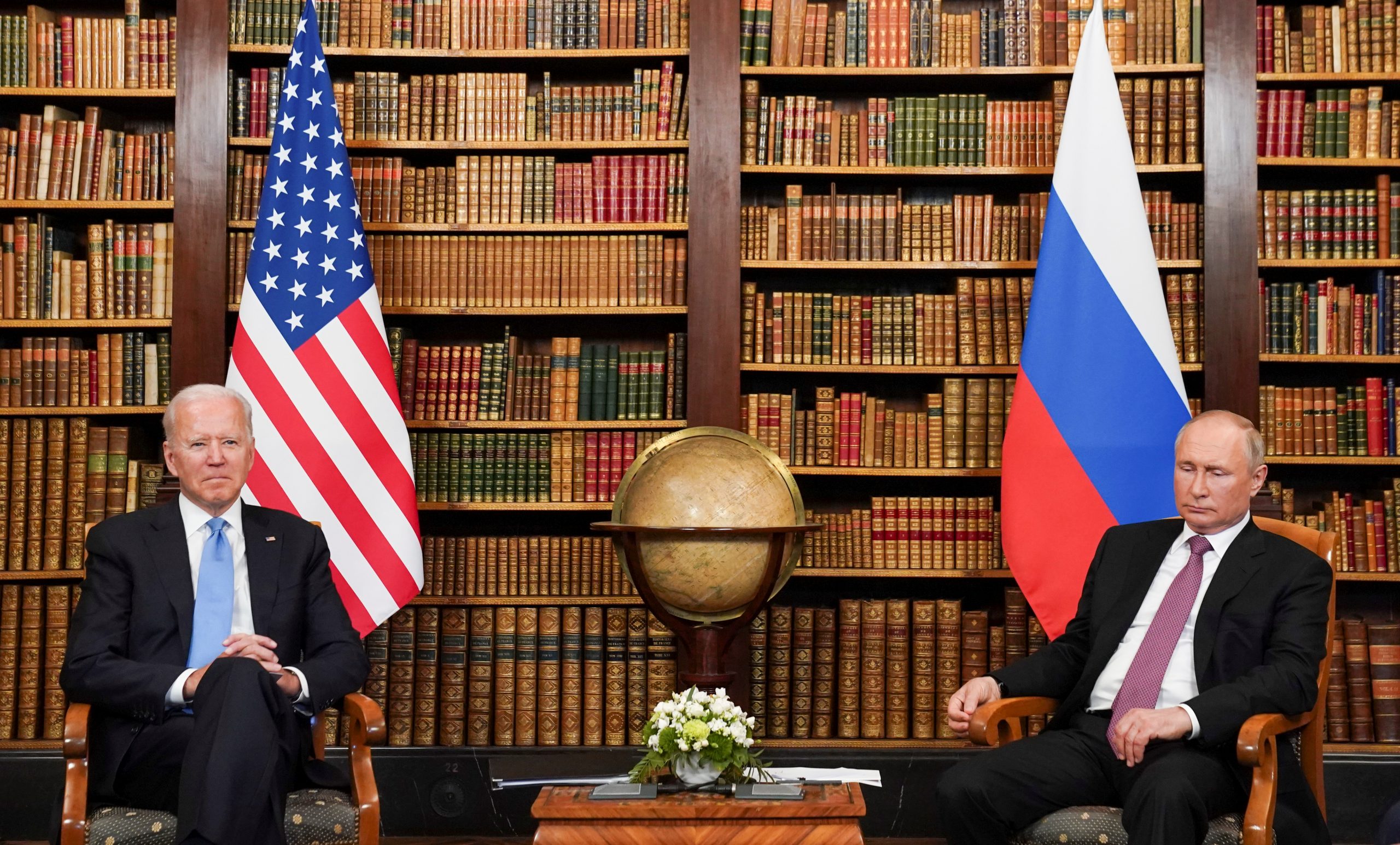
Lauren Moye, FISM NEWS
[elfsight_social_share_buttons id=”1″]
President Joe Biden has engaged his Russian counterpart Vladimir Putin one more time about the recent troop amassment around Ukraine and military exercises. Today’s phone conference will mark the third time the top leaders of the U.S. and Russia have spoken on the subject.
Yesterday, National Security Adviser Jake Sullivan told reporters, “We continue to see signs of Russian escalation, including new forces arriving at the Ukrainian border. As we’ve said before, we are in the window when an invasion could begin at any time should Vladimir Putin decide to order it.”
Sullivan added that this invasion “could begin during the Olympics, despite a lot of speculation that it would only happen after the Olympics.” He affirmed that the U.S. and other allies were prepared either way, although he also stressed to reporters that he wasn’t saying “a final decision” to invade had been reached by Russia’s leaders.
On the same day, Biden met with transatlantic leaders – including Canada, France, Germany, Italy, the UK, and others – through a video call where concerns were voiced “about Russia’s continued build-up of military forces around Ukraine.” Although the leaders vowed to coordinate “efforts to deter further aggression” with economic sanctions and their “support for Ukraine’s sovereignty,” they also expressed a desire for a “diplomatic solution” to the building crisis.
The urgency of the situation prompted Biden to press for a Saturday phone call with Putin, despite the latter’s preference to put this call off until Monday, according to a White House official. The results of the conversation between the two leaders have not yet been announced.
Meanwhile, the U.S. has ordered most of its staff located in Ukraine to leave, as shown by a State Department travel advisory updated early on Saturday. This includes Florida National Guard troops who were stationed to provide training to Ukraine military members as well as some U.S. citizens stationed there on a monitoring mission for the Organization for Security and Cooperation in Europe.
Biden previously urged Americans to leave Ukraine immediately, saying, “It’s not like we’re dealing with a terrorist organization. We’re dealing with one of the largest armies in the world.”
An anonymous senior State Department official told Reuters, “It appears increasingly likely that this is where this situation is headed – towards some kind of active conflict, and that is why we are reducing our staff to a bare minimum while we still have the ability to get our official people out safely and in a predictable fashion.”
Recently, Russia has effectively surrounded Ukraine by redlining the border between the two nations while also conducting military exercises in Belarus, Poland, and Lithuania. They have also begun naval exercises in the Black Sea near the Crimean Peninsula to the South of Ukraine.
Despite an amassment of over 100,000 troops, Russia has denied plans to invade Ukraine and claims they are abiding by a 2011 agreement to limit military exercises to under 9,000 troops. The U.S. believes the real number of participating soldiers is over 30,000. Russia’s top diplomat Sergei Lavrov called the U.S. and allies’ response a “propaganda campaign” in a recent phone call to Secretary of State Antony Blinken.
In yesterday’s White House press conference, Sullivan reiterated the severe consequences faced if Russia did not back down. He referred to Biden’s meeting with Transatlantic leaders as having “achieved a remarkable level of unity and common purpose — from the broad strategy, down to technical details.”
The top U.S. security adviser warned, “If Russia proceeds, its long-term power and influence will be diminished, not enhanced, by an invasion.”
He added that if “Russia truly seeks a diplomatic outcome, it should not only say so, it should pursue that diplomatic outcome.”
